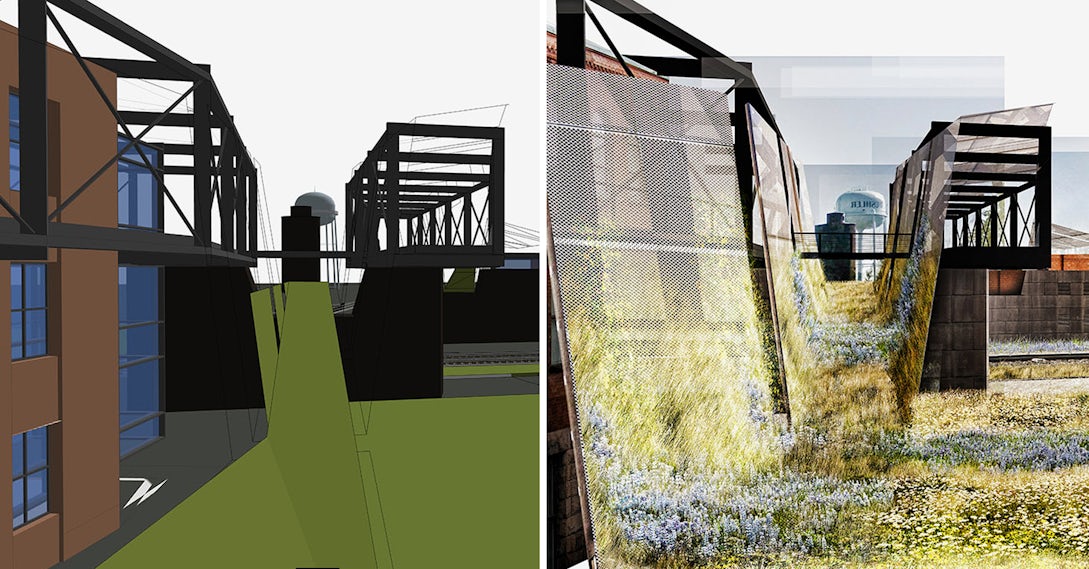This feature has been created in collaboration with URBANNEXT, a multi-platform aimed at developing, disseminating and distributing content centered on architecture through a focus on the contemporary human milieu and its challenges. Architizer features a weekly discussion from urbanNext’s journals to support its investigation of urban conditions and innovations facing the architectural profession today.
Urban citizens are often warned about the intensified environmental conditions that are the result of living in a highly developed city. Air and noise pollution, humidity and rising temperatures not only directly impact health and quality of life, but also indicate the degradation of the environment and subsequently how it will care for us in the future. While many contemporary metropolises are pouring money into the development of smart city technologies to make cities more efficient and adaptive, citizens themselves often do not possess the means to inform how their cities are shaped in response to these factors.
The makers behind Smart Citizen, an open-source environmental sensor, have ambitions to introduce a new level of agency to urbanites in processes of architectural, urban and infrastructural design. “We were wondering how we could talk about the ‘smart citizens’ and not the ‘smart cities,’” says Guillem Camprodon, a project manager and developer of the Smart Citizen sensor, in an interview with urbanNext at the Smart City Expo in Barcelona.
Smart Citizen, a small sensor built off the arduino, was created to introduce a new kind of participatory process in design, one where citizens can “feel a sense of ownership and empowerment” in their knowledge of their environments. The Smart Citizen arduino is encased in a 3D-printed shell that can be attached to the outside of the home, on a balcony or fire escape. The device records noise, light, temperature, humidity and levels of carbon monoxide and nitrogen dioxide. This data is streamed via Wi-Fi and recorded on a global map, which is shared publicly. Furthermore, the sensor runs off an open-source platform, which invites its users to make contributions and updates to its design.

Via Smart Citizen
“Connecting data, people and knowledge, the objective of the platform is to serve as a node for building productive and open indicators and distributed tools,” says the project’s mission statement, “and thereafter the collective construction of the city for its own inhabitants.” The Smart Citizen sensor was developed in Barcelona, as a joint effort between Fab Lab Barcelona and the Institute for Advanced Architecture of Catalonia. Initiated in 2011, the team presented their concept through two Kickstarter campaigns before launching a Beta version of the software, introducing 1,000 kits to the market.

Via Smart Citizen
While the technology has proven successful, the Smart Citizen group is now working on an initiative to increase community engagement with the tool. After receiving several grants from the EU, the group has launched a series of focus initiatives, including ‘Organic City,’ ‘Making Sense’ and ‘Grow,’ which are working with communities to enhance how the technology is structured, improving data platforms and participatory tools as well as working to provide better data on specific factors, such as air and soil quality.

Via Smart Citizen
There are currently 1,200 users with the Smart Citizen kit all over the world. If you want to get involved with the tool, you can find more information on the Smart Citizen kit here, where they offer a range of actions to help in developing the future of the product and its impact on urban design.
{% partner_block logo=”/static/img/partners/urbannext.png” description=”urbanNext is a multi-platform aimed at developing and distributing architectural content.” call_to_action=”Visit urbanNext →” url=”https://urbannext.net/” %}









